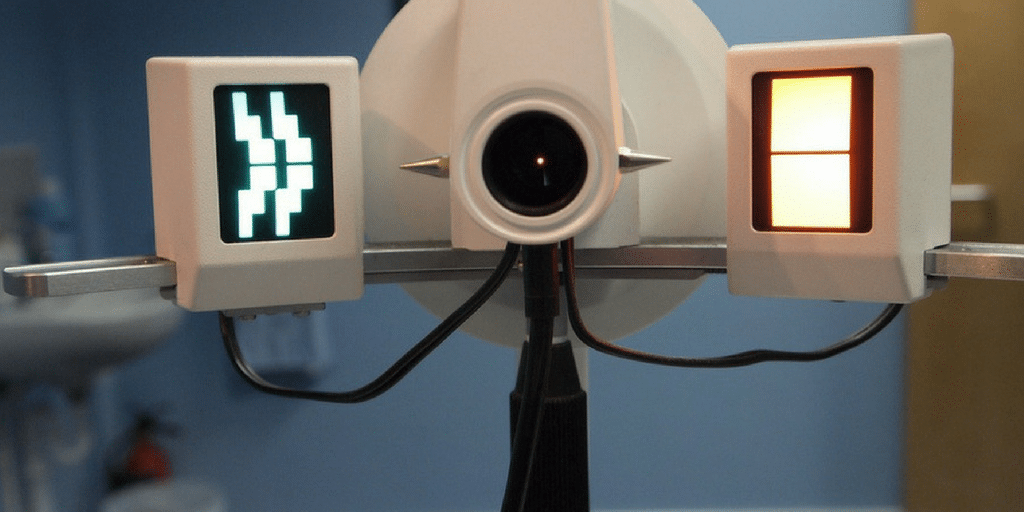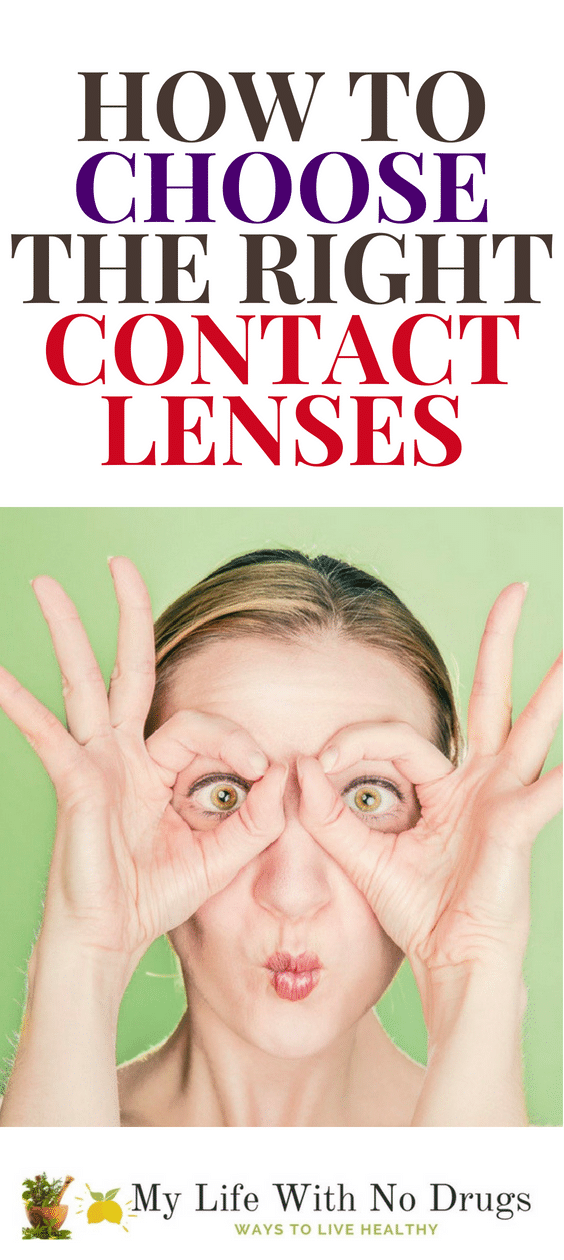by Scarlet Gratton
Contributing Author, a passionate writer, professional fashion, lifestyle, and health, expert
Choosing the right type of contact lenses for your eyes is vital for your eyesight and the safety of your eyes. Not all contact lenses fit every eye, so before you pick a certain type, you’ll need to do several check-ups, and let an optometrist tell you what the best choice for you is. Furthermore, picking out the wrong shape or size can be detrimental to your eyes, so make sure you know everything about contact lenses before you decide to buy some.
Soft contact lenses

You can choose from two types of contact lenses ‒ soft or hard. Soft ones are made from flexible plastic and are much easier to adjust than hard contact lenses. Also, soft lenses have a special material called silicone-hydrogels that allows more oxygen to flow to the cornea. Considering they’re so versatile and that they correct vision problems such as farsightedness (hyperopia), nearsightedness (myopia), age-related loss of vision (presbyopia), irregularities of the cornea, and blurred vision (astigmatism), soft lenses are more popular among people. Soft lenses come in three types, extended wear, daily wear and disposable.
When it comes to extended wear soft contact lenses, you can wear them overnight while you sleep but you still need to clean and disinfect them every week. The life of extended wear soft contact lenses depends on the manufacturer. If you’re one of those people who doesn’t always remember to remove their lenses before bed, extended wear lenses are your best pick. However, you should keep in mind that they increase the risk of eye infections. Daily wear contacts, on the other hand, are meant to be worn daily and removed during sleep, when they should be cleaned and disinfected, while disposable contacts are worn for one day and then disposed of at night. They don’t require cleaning and maintenance because you’ll use a new pair the next day.
Hard contact lenses
When it comes to gas permeable or hard contact lenses, they provide clearer vision than soft lenses. The risk of eye infection is reduced because hard contacts are more “breathable”. Unlike some soft lenses, hard contacts should be removed and disinfected every night before you go to sleep. Also, if you’ve experienced dry eyes after wearing soft contacts, you’ll find gas permeable contacts more appealing. Gas permeable contacts can last up to three years if your prescription stays the same during that period.
Don’t pick the lenses on your own

You should never look for contact lenses without consulting with an optometrist first. You need to have a proper contact lens fitting so that an optometrist can determine which shape and size of the lens your eye requires. An optometrist needs to see whether your eyes are round enough or not, check the size of the pupil or iris and estimate which contact lenses will be the most comfortable to your eyes. A contact lens fitting is necessary because even though you may already be wearing glasses, the prescription for contacts can be different to the one for spectacles. Furthermore, before you select the contact lenses, you should ask yourself how you plan to wear them. Will you wear them only occasionally or do you plan to wear them all day every day? Soft lenses may be the best fit for you if you don’t want to wear them all the time, while disposable lenses are a great choice for those who forget to take proper care of their contacts.
Proper lens care is vital
Regular clean-up and disinfection of the contacts are essential for your eyesight and the health of your eyes. You can easily clean your lenses with multipurpose solutions in less than a minute. However, if you’re sensitive to the preservatives in those solutions, you can opt for those containing hydrogen peroxide. Always make sure you dry the contacts well before putting them into your eyes, because if the solution comes in contact with your eye, it will cause irritation and serious eye problems. Make sure you replace your contacts frequently, to prevent the build-up of lens deposits that increase the risk of eye infections.
Picking out the right contact lenses is essential for your eyesight, and the safety of your eyes, so you should not take it lightly. Make sure you schedule an appointment with an optometrist and have your eyes checked for the proper prescription. Only after you’ve done a contact lens fitting should you go look for the contacts that you’d like to wear.
Scarlet is a passionate writer and regular contributor at highstylife interested in fashion, lifestyle, and health. She loves traveling; you could say that she is a real travel addict, especially when she has a chance to visit some exotic destinations. She would tell you that inspiration can be found in the most unexpected places.









2 Comments
Victoria Addington
Thanks for helping me choose the right contact lens. Since I’m having allergies on my nose bridge whenever I use my specs, I’ve decided to opt for lenses instead. Since this is my first time using one, I did my research on how I can find a good pair. I agree that the fitting process is important since prescription can be different from the one for eyeglasses. Hopefully, I can find a good optometrist here in town.
ekuzevska
Victoria I am really glad you find this article helpful 🙂